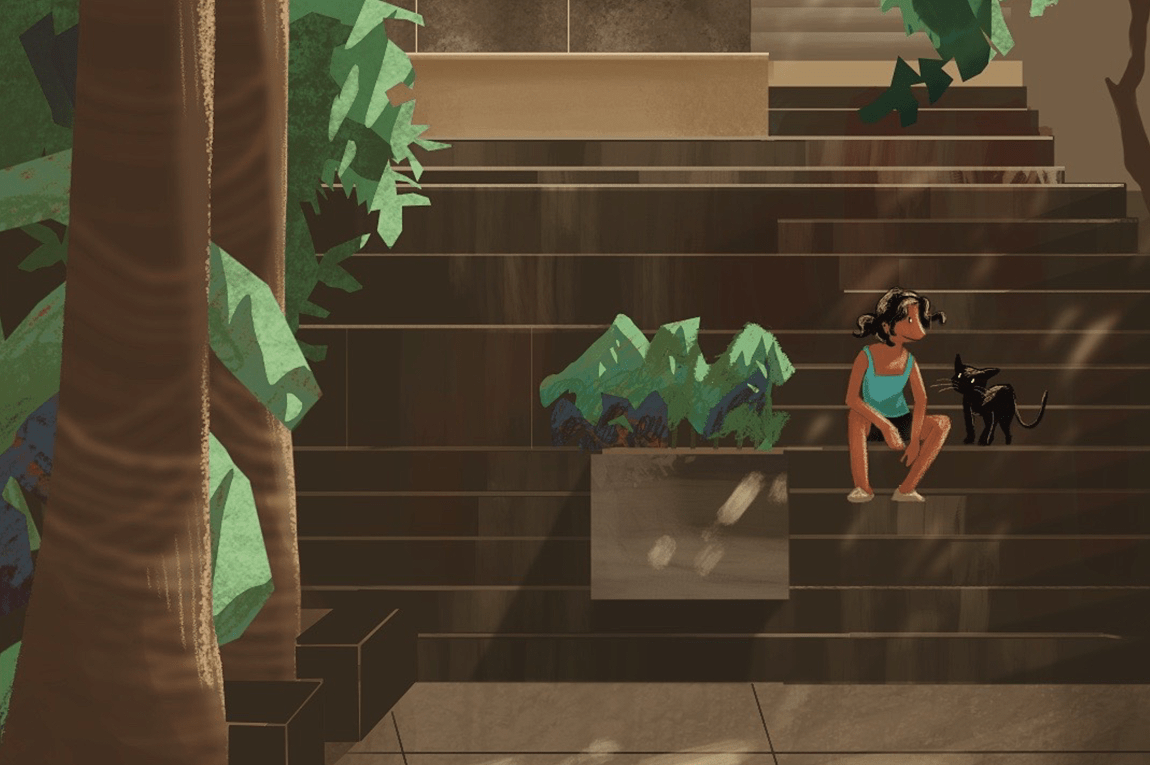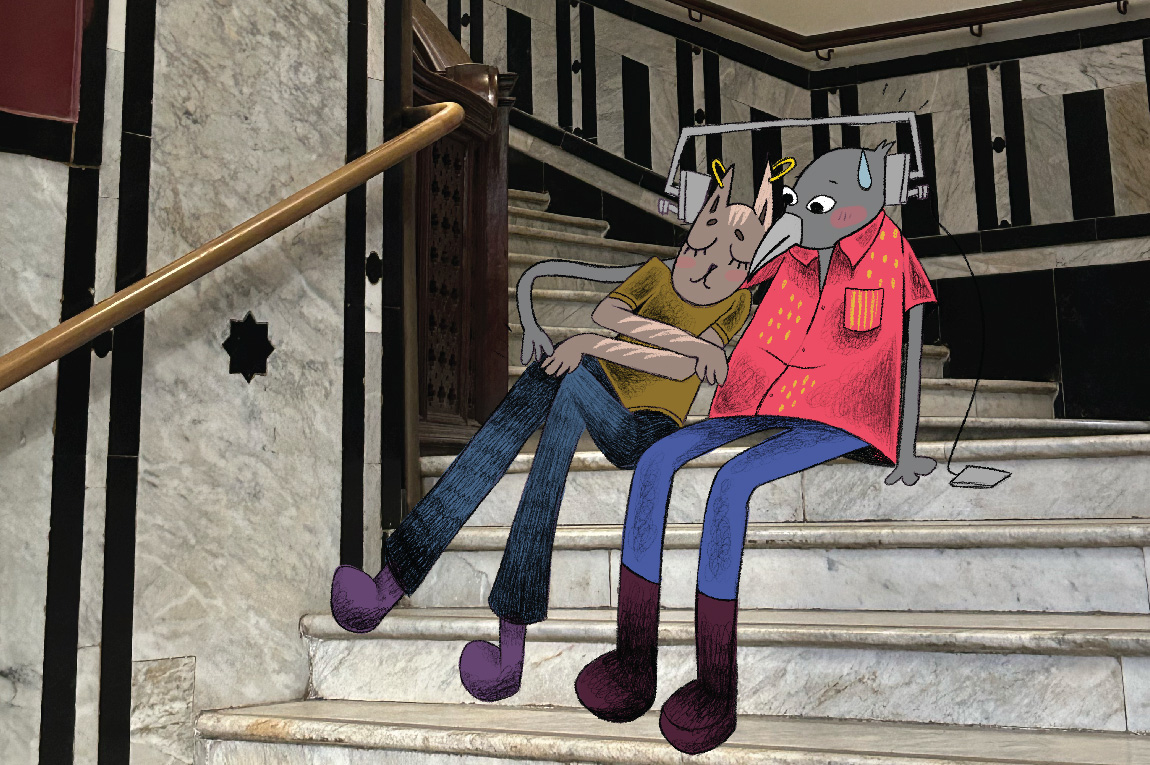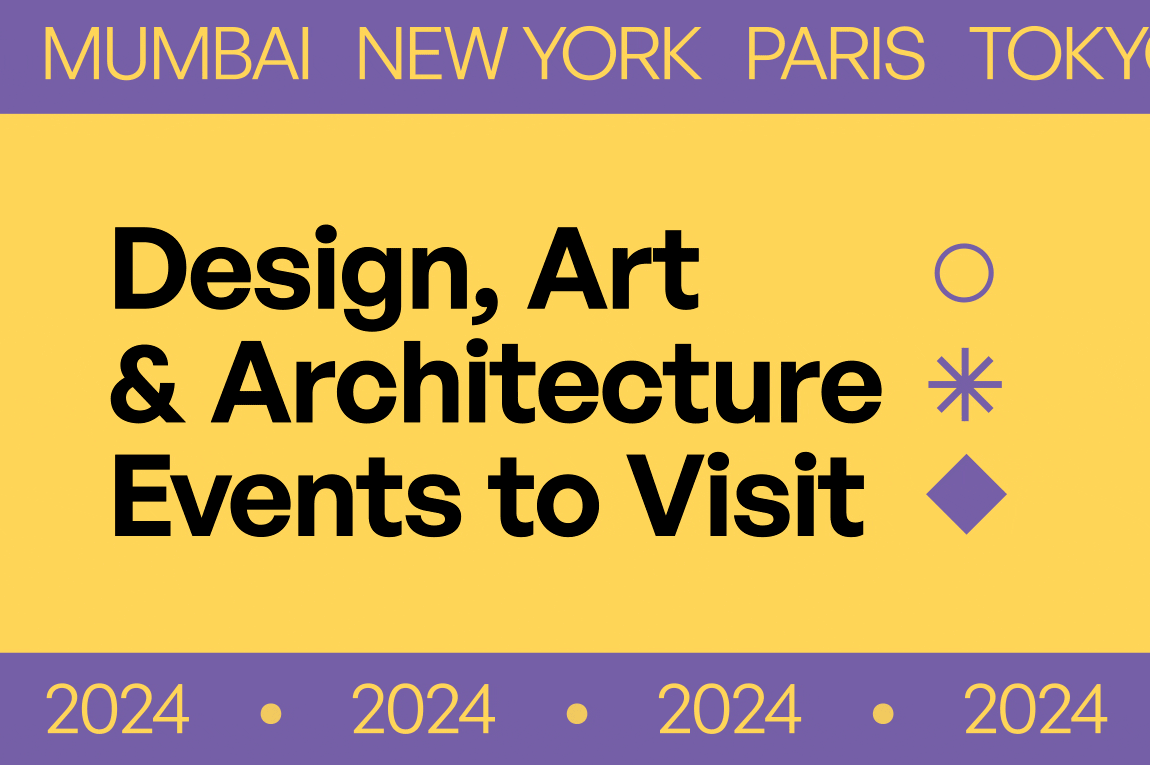It’s a cool Sunday morning in the city. I’ve been walking around Fort and the usually busy commercial district is devoid of cars and crowds. I take the opportunity to stroll leisurely from Kala Ghoda towards Flora Fountain, through the arcades of the towering Bank of India building. My eyes travel across the street and — for the first time in years — I register the presence of the New India Assurance building. I have seen it for decades and I know that it is an important city landmark. But in the clear light of a quiet day, it stands out tall and proud for the gem that it really is.
The New India Assurance Company was established in 1919 by Sir Dorabji Tata. At a time when the rule of the British Empire was being actively resisted, this company was at the vanguard of businesses being established by Indians to serve Indians. In contrast to foreign insurers that charged Indians unreasonably higher premiums, this company provided the same services at a fair price. The name ‘New India’ suggests the founding belief in a sovereign, self-governing vision for the people of the sub-continent.

At the height of the Swaraj movement in the 1930s, this prestigious site at 87, Esplanade Road (now Mahatma Gandhi Road) was chosen for the corporate headquarters of the company. The consultants selected were all Indian: Master, Sathe and Bhuta was the chief architectural firm appointed for the design, and Shapoorji Pallonji were contracted for the construction. The main building material was reinforced concrete, favoured by 20th-century architects for the ease and speed of construction. The building was designed keeping in mind the city’s climate. The east and west facing facades had projecting surfaces that provided shade from the tropical sun while the ‘transom and mullion’–style windows could be opened to allow for cool sea breeze.
Eight decades later, the modern building still makes an impression. Standing in front of the entrance arch, I’m greeted by massive figures chiseled in stone by NG Pansare, the noted Marathi sculptor. To the left, a turbaned man holds a hammer and cog symbolising industrial activity. Behind him, figures spin yarn and weave cloth even as a steamship carries manufactured wares to markets abroad. To the right of the arch, a sari-clad woman holds a large sheaf of wheat on her shoulder and people in the background winnow and sift the grain she has harvested. Bold and confident, the two scenes embody an attitude of hard work and self-sufficiency. They epitomise the working-class values of the company.
Lit by the sun, the shadows bring the low-relief figures into focus. Their stance exudes a kind of purpose and determination. Every detail and drape of their clothing is taut with conviction. On either side of these scenes, four smaller figurines grace the pillars forming the walking arcade at street level. They carry a lamp, a pot, a basket of fruit and a bird as symbols of knowledge, wealth, prosperity and freedom. Above them, vertical ribs on the stone cladding pull my eyes towards the sky: two sentinels rendered in a sharp interpretation of classical figures look back down at me. The stoic mass of the building, its design details and configuration are a discerning translation of Art Deco principles.
The choice of Art Deco — or style moderne as it was then known — was a deliberate one. It was considered an international design language, a clear rejection of classical colonial architecture and all its baggage. Art Deco offered fluidity and adaptability to the extent that it could be enriched with Indian flourishes and motifs while still maintaining its contemporary appeal. Through an interplay of architecture and sculpture, the Art Deco expressions of the New India Assurance headquarters made a confident statement for a swadeshi corporate brand.
From the 1930s onwards, Art Deco offices shaped the financial district of Bombay, contributing to the city’s reputation as a commercial powerhouse. On nearby Sir Pherozeshah Mehta Road, other Art Deco office buildings such as the Laxmi Insurance Building and Western India share the use of sculpture for similar patriotic messaging. A far cry from today’s generic glass and steel corporate offices, these heritage buildings offer fitting reminders of the values of self-reliance and service to society. As we celebrate 75 years of India’s Independence, to me, they embody the aspirations of the founders of our nation, and stand as memorials to the ideals of the freedom struggle.
Our selection of stays across India, best visited for their design and style. Check in
Ruchita Madhok is an artist, designer and cultural professional. She leads the design studio at Kahani Designworks and publishes books, maps and guides to Mumbai’s heritage through the @storycityindia imprint. She is on Instagram at @ruchitamadhok.
















A wonderful synopsis of the history and till date journey of eye catching heritage..
Very well written article. Informative and well articulated.